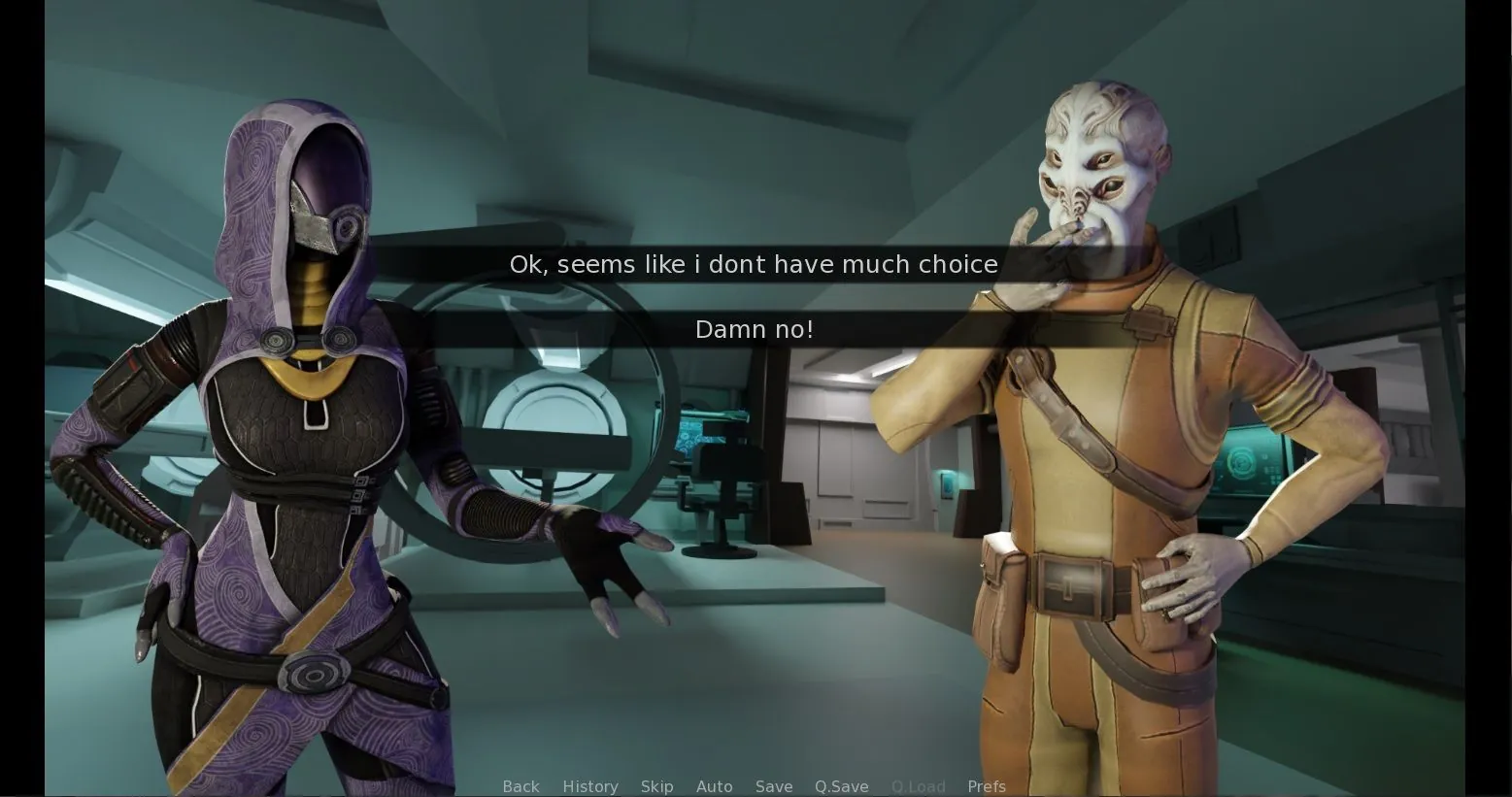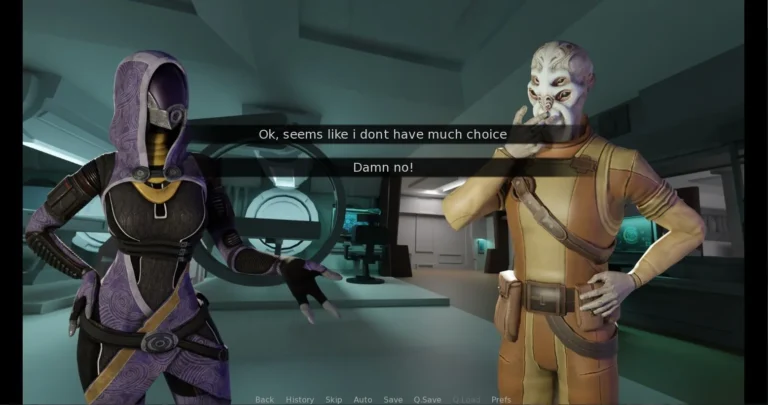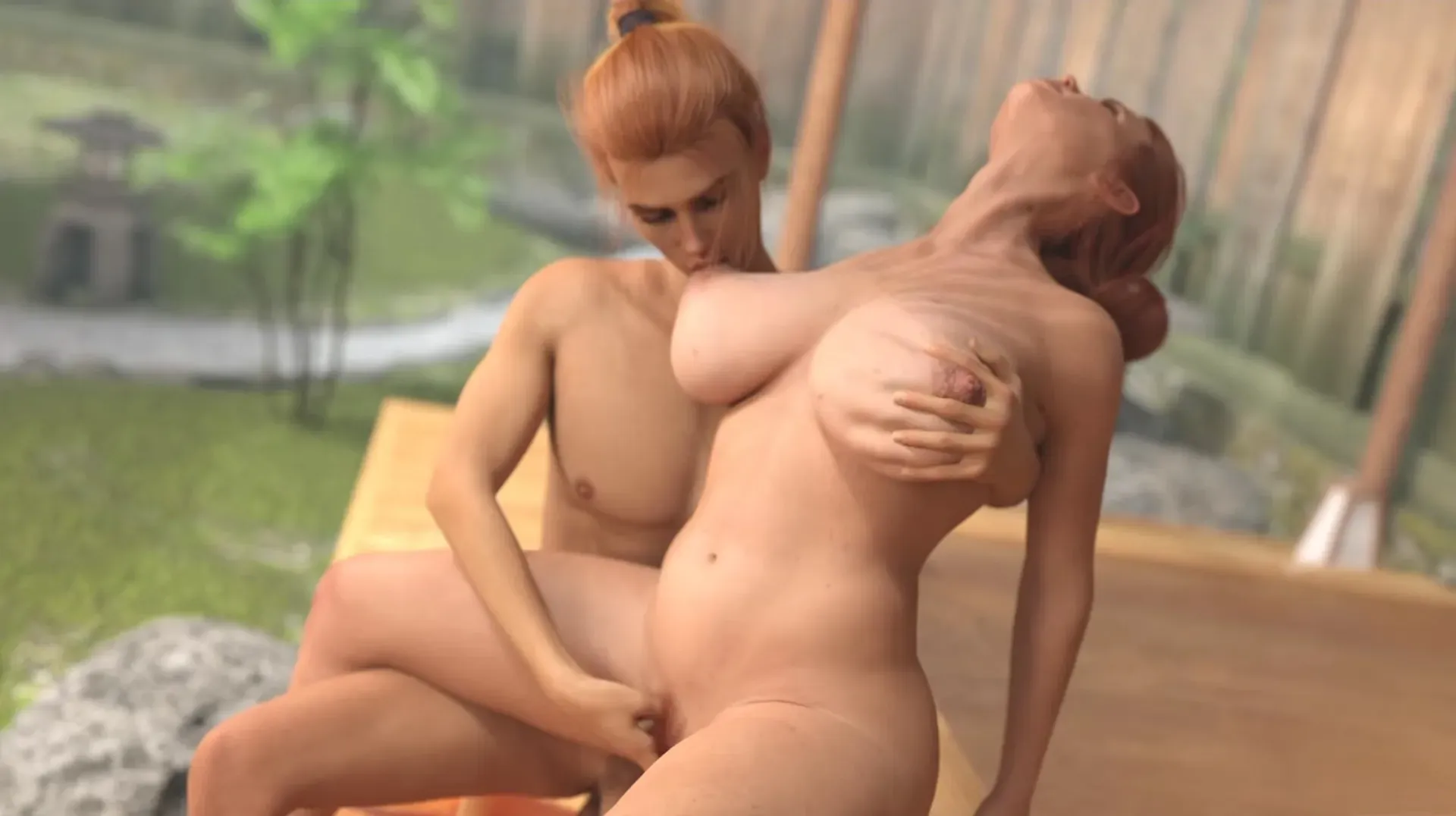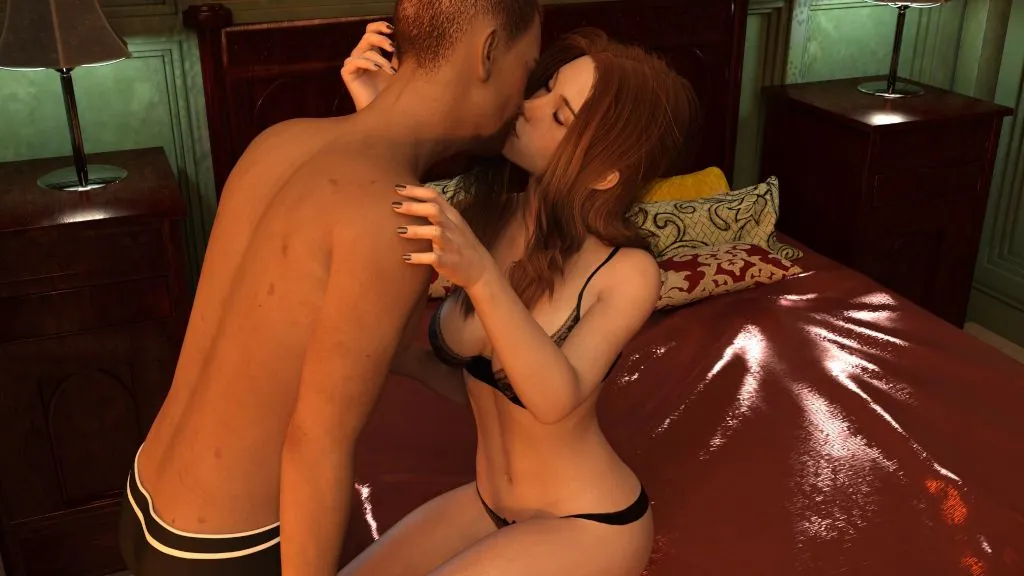
The Pilgrimage
Play The Pilgrimage
The Pilgrimage review
Exploring the narrative, characters, and themes of The Pilgrimage interactive experience
The Pilgrimage is a unique interactive experience that blends rich storytelling with symbolic depth. Centered around a journey filled with complex characters and challenging moral decisions, this game invites players to explore themes of faith, doubt, and cultural conflict. In this article, we’ll unpack the game’s narrative, key characters, and the symbolic layers that make The Pilgrimage a compelling and thought-provoking adventure.
Unpacking The Pilgrimage: Storyline and Symbolism
What is The Pilgrimage About?
Picture this: You’re grieving the love of your life, and a mysterious whisper promises resurrection if you collect sacred relics across hostile lands. That’s The Pilgrimage game story in a nutshell! 😢✨ Our protagonist, Thomas, isn’t just on a treasure hunt—he’s wrestling with shattered faith while chasing artifacts rumored to revive his late wife.
I’ll never forget my first playthrough: trudging through sun-scorched deserts and icy monasteries, feeling Thomas’ desperation seep into my own choices. The narrative brilliantly mirrors real grief—messy, nonlinear, and full of setbacks. Every step forward risks triggering religious conflict with factions guarding the relics. 🏜️❄️
What elevates this beyond a typical quest? The Pilgrimage journey forces you to confront ethical landmines. Steal a relic from a temple? Lie to a priest? Your decisions warp Thomas’ morality and even alter endings. It’s raw, immersive, and uncomfortably human.
Key Characters and Their Journeys
The Pilgrimage characters aren’t sidekicks—they’re mirrors reflecting Thomas’ inner chaos. Let’s break down the trio driving this emotional carousel:
| Character | Background | Core Belief | Role in Story |
|---|---|---|---|
| Thomas | Grieving widower; former scholar | Faith eroded by loss | Protagonist torn between hope and despair |
| Anet | Devout Christian nun | Absolute trust in divine will | Moral compass challenging Thomas’ motives |
| Anaya | Nomadic circus performer | Pantheistic spirituality | Rebel forcing Thomas to question dogma |
🔥 Anet and Anaya’s rivalry made my second playthrough. Anet condemns Thomas’ quest as blasphemy, while Anaya mocks organized religion—yet both reluctantly aid him. Their clashes aren’t just theological debates; they’re live wires sparking The Pilgrimage religious conflict at every campfire scene.
Personal take? Anaya’s circus roots (fire-dancing, tarot readings) add delicious symbolism—she’s the “uncaged” spirit Thomas secretly envies. Meanwhile, Anet’s rigid hymns highlight his spiritual suffocation. Choosing who to align with reshapes entire story arcs! 🤹♀️🙏
Symbolic Themes and Narrative Progression
Here’s where The Pilgrimage symbolism transforms a quest into art. The game paints Thomas’ grief through color theory: sepia flashbacks of his wife, blood-red rage during fights, and bleak grays as doubt consumes him. 🎨💔
Pro tip: Watch for recurring crows! They’re not just scenery—they mirror Thomas’ obsession with death versus Anaya’s view of them as messengers.
The Pilgrimage faith and doubt theme hits hardest in the “Whispering Caves” level. Thomas must walk a crumbling path blindfolded, guided only by fragmented prayers. I failed twice—not from poor reflexes, but by hesitating when voice lines triggered memories of his wife. Masterstroke!
The Pilgrimage narrative also weaponizes cultural tension. One relic rests inside a mosque, another in a pagan forest shrine. Stealing either risks igniting war—or earning unexpected allies. My most haunting moment? Burning a sacred text to distract guards, then seeing graffiti accusing Thomas of “holy theft” in the next town. 😱
Why this works:
– Player choices directly alter dialogue, environments, and endings
– Relic hunts parallel the five stages of grief (denial at the start, bargaining mid-game)
– The open-world design forces you to live Thomas’ exhaustion—no fast-travel!
By the finale, The Pilgrimage journey questions whether resurrection would even heal Thomas… or just deepen his torment. Chilling stuff. 🙌
FAQ: Your Burning Questions Answered
Q: How long is The Pilgrimage game story?
A: Roughly 15 hours—but replayability is huge! Your choices spawn 3 distinct endings.
Q: Is the religious conflict based on real-world issues?
A: Symbolically yes, but it’s never preachy. It explores universal tensions between tradition and personal truth.
Q: Can I avoid combat entirely?
A: Surprisingly, yes! Speech checks and stealth can resolve 70% of conflicts. Pacifist runs are brutal but rewarding.
Q: What’s the deepest symbolic moment?
A: Thomas’ lantern dimming as doubt grows—literally leaving players in darkness during key decisions. 🔥
Still obsessed with this game? Share your wildest Pilgrimage moment below! 👇💬
The Pilgrimage is more than just a game; it’s a profound narrative journey that challenges players to reflect on faith, identity, and cultural tensions. Its rich symbolism and complex characters create an immersive experience that stays with you long after playing. Whether you’re drawn to its storytelling or its thematic depth, The Pilgrimage offers a unique adventure worth exploring. Dive in and discover the layers of meaning waiting on this unforgettable journey.














